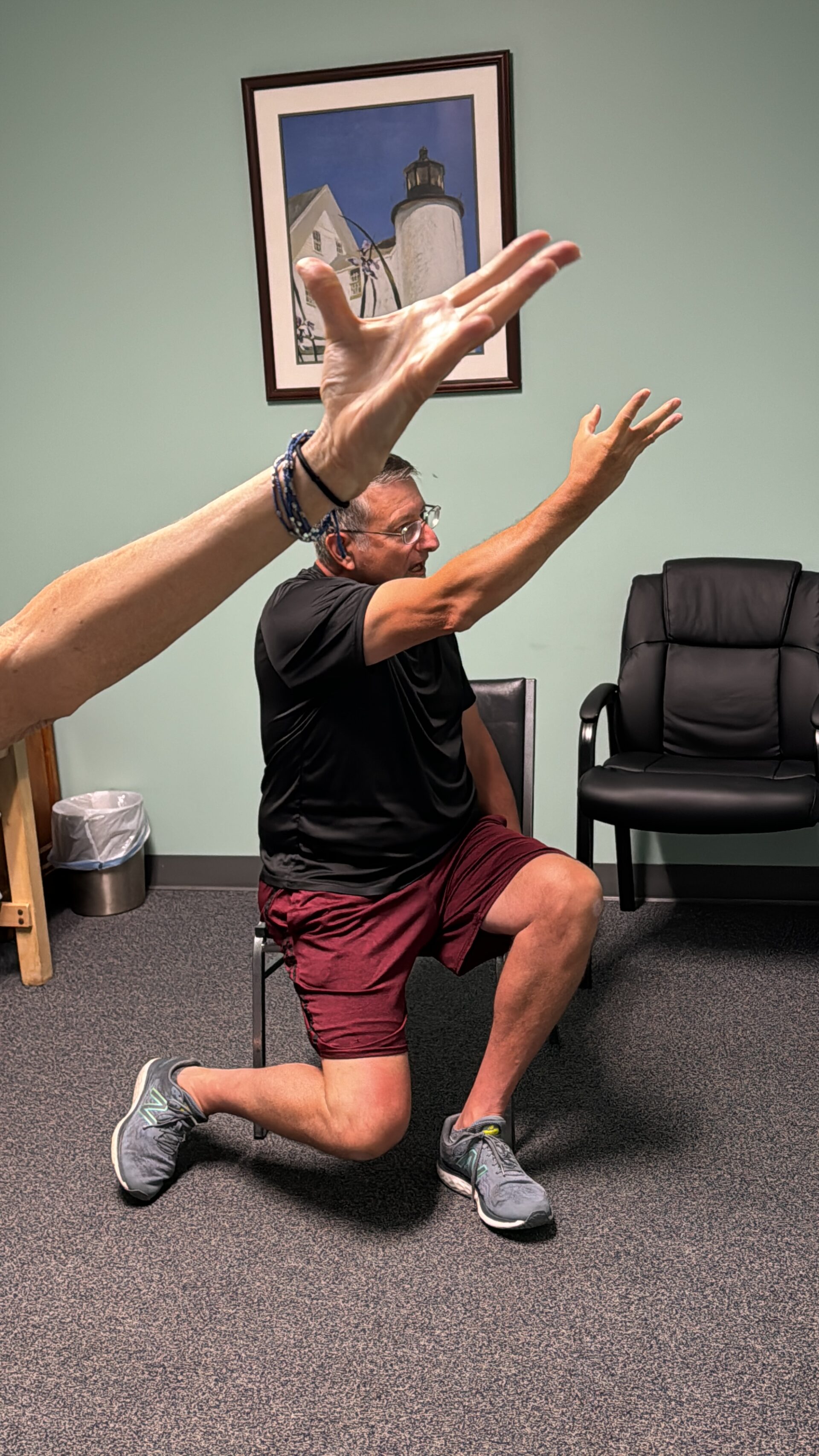Do Clinics in Delaware and Maryland Provide LSVT (BIG) Therapy for Parkinson’s?
Aquacare and Fitness Forum Physical Therapy provides LSVT (BIG or LOUD) Therapy for those living with Parkinson’s and other neurological conditions in Delaware and Maryland.
This program is designed to meet the needs of individuals with Parkinson’s Disease by using large amplitude-based exercises for re-education of the sensorimotor system. LSVT was developed in 1987 using larger movements to recalibrate the brain’s perception of movement size which reduces with Parkinson’s Disease.
As the brain begins to recalibrate the size of movement, the patient is better able to move with more “normal” movements. Once the program is completed, the patient is provided with an ongoing home exercise program. With diligence, patients see an improvement in the quality of movement.
Ongoing studies consistently show the positive effect of exercise on slowing the progression of Parkinson’s Disease.
LSVT vs. Standard PT for Parkinson’s – Which Helps With Big Movements and Gait?
Big Movements and Movement Size (Amplitude)
People with Parkinson’s often think they are moving “normally” even when their steps and arm swings have become much smaller. LSVT BIG is built around recalibrating that internal sense of movement size.
Studies show that amplitude-based training like LSVT BIG can retrain proprioception (body awareness) and help people produce larger, more normal-sized movements in everyday tasks.
Traditional PT can target big movements, but it doesn’t always do so in such a concentrated, amplitude-first way unless the therapist is specifically trained and chooses that approach.
How Does LSVT and PT Improve Gait and Stride?
Multiple studies (including randomized controlled trials) show that LSVT BIG:
Increases gait speed
Improves stride length
Reduces step and stride times during walking
In earlier research, LSVT BIG outperformed home exercise programs or walking-based programs (like Nordic walking) on motor scores and walking tests.
When LSVT BIG is compared with an equally intensive, high-quality physiotherapy program (same number of sessions, similar intensity), both groups often improve significantly, and sometimes there is no major difference between the two in core motor outcomes.
What this means for patients and families:
If “standard PT” is low-dose or general (1x/week, basic exercise), LSVT BIG is likely to offer more dramatic gains in gait and big movements.
If “standard PT” is intensive, Parkinson’s-specific, and amplitude-focused, the difference may be smaller, and both approaches can be very effective.
LSVT for Balance and Fall Risk
LSVT BIG has been shown to improve postural instability/gait disorder scores and dynamic balance in people with mild to moderate Parkinson’s.
Recent work comparing LSVT BIG delivered via tele-rehab with a structured mobility program found:
Both programs improved gait, activity level, and quality of life.
LSVT BIG showed slightly better results for dynamic balance and balance confidence in some measures.
Standard PT also clearly improves balance and reduces fall risk using task-specific balance exercises, strength training, and gait training.
When Might LSVT BIG Be the Better Choice?
Based on current evidence and clinical patterns, LSVT BIG is especially useful for people who:
Have mild to moderate Parkinson’s (often Hoehn & Yahr stages II–III)
Notice small, shuffling steps and reduced arm swing
Feel “slow” or “stiff” and struggle with getting up from chairs, turning, or starting walking
Can tolerate four 1-hour sessions per week plus daily homework
Want a clear, time-limited, highly structured program
If the goal is specifically to boost movement size and walking quality quickly, LSVT BIG is a strong option.


